Last night Jimmy Butler had a career night. The Bulls were facing a good ‘test’ game facing off against a likely top 4-5 seed playing at their peak in Charlotte. Oddly, the Hornets are also built in an opposite way of the Bulls.
Gleaning from the Hornets
Years ago when Charlotte was swept in the first round of the playoffs against then Lebron’s Miami Heat, the issue with the team was a lack of spacing. As you may recall, Charlotte was then led by Big Al Jefferson who was dominant in the series. Yet despite his dominance, Miami was able to double team him at will since Charlotte lacked shooting. After the series, some reporters went as far to say that Charlotte screwed up the previous draft by selecting Michael Kidd Gilchrist with the 2nd pick over sharp shooting 2 guard Bradley Beal. The thought was just that additonal spacing could have catapulted the club to greater heights.
Charlotte clearly understood the issue with their current roster dynamic and shifted quickly. In a few short seasons, the team simply let Big Al walk in free agency, and focused solely on spacing – signing Nicolas Batum, Marvin Williams, Jeremy Lamb, Marco Bellinelli and acquiring Spencer Hawes for spacing killer Lance Stephenson.
In just a few seasons the Hornets went from being one of the league’s worst spacing offenses to one of its best. They made a problem their strength. Charlotte is coming off an impressive 47 win season and as of this writing is atop the eastern conference southeast division.
The Chicago Bulls Short Sightedness
Chicago has fallen into the same issues Charlotte once had and we can’t say we didn’t see it coming. The Bulls clearly saw they had issues with a Jimmy Butler – Derrick Rose perimeter tandem. Both players were slash heavy, didn’t love shooting the 3, and needed the ball in their hands to be successful. The Bulls realized these 2 didn’t play well together so they moved Rose to New York, but perhaps they didn’t understand why. If they had, Chicago would have tried pursuing a space friendly point guard to play alongside Jimmy Butler allowing the wing to dominate the ball and be successful. Such a move could’ve been even more lauded when the team signed Dwayne Wade.
The Rajon Rondo Opportunity
Instead Chicago not only doubled down, they tripled down. By signing Rajon Rondo after the New York move, the team essentially employed the NBA’s most slash heavy perimeter trio in Rondo-Wade-Butler of all time. The Bulls also failed to realize in what situations Rajon Rondo would be most successful.
Rondo’s career in Boston was magnificent. Rajon was entrenched as the up and comer for the franchise learning the nuances of the game from 3 potential hall of famers in Kevin Garnett, Paul Pierce and Ray Allen. He kept improving in his first few season, culminating with a legendary performance in the conference finals vs. the Miami Heat.
Once the elder trio had all left; however, Rondo was handed the keys to the franchise. Rajon had an up and down first season with his new franchise leader title mixed with injuries dating back to the prior season where he experienced an ACL tear.
The Celtics made Rajon Rondo available on the trade market by the deadline. The move was less about any underlying issues Rajon and new Celtics’ coach Brad Stevens had and more about Boston’s current state. GM Danny Ainge made it quite clear that his agenda was to completely rebuild and acquire as many picks as possible. Jeff Green was traded to the Memphis Grizzlies for a future first round pick and of course Rajon Rondo was dealt to the Dallas Mavericks for their upcoming first round pick and Jae Crowder.
There may have been more behind the scenes regarding Rondo and Coach Stevens relationship, but it was in Dallas that the wheels started coming off. Rondo and Coach Carlisle clashed tremendously with the point guard finally being benched towards the end of the team’s first round series loss.
The Wheels Begin to Fall Off
That off-season, Rondo’s cons were magnified. Everyone knew he was an extreme pass first point guard who at his best could control the tempo of the game like some greats including Jason Kidd, Steve Nash and Magic Johnson. At his worst of course he would mix up the play calling, pound the dribble and pass up open lay ups for contested three pointers all in the hopes of stock piling assists.
Rondo got a second chance with the Sacramento Kings. The Kings were hoping to catch lightening in a bottle and find a competent PG to pair with DeMarcus Cousins. Shockingly, the modern jail blazer like Kings actually made sense for Rajon. He had free reign and even led the league in assists while shooting a career best 36% from 3. He was allowed carte Blanche play calling offensively and the flow looked great. Yet, the Kings were still the Kings and team didn’t exactly bite at the chance to lock him up long term. Why? There could be a myriad of reasons, but the likelier is the NBA was moving towards more spacing not less. Having a point guard who couldn’t only shoot well, but would pass up open shots would be detrimental to an offense. To be honest, that notion still may be true as you see similar struggles now with Ricky Rubio in Minnesota.
So, considering the league is essentially moving away from Rondo’s type of style is he done? Does a scenario exist where Rajon Rondo can still be a very effective NBA player?
Headcases in the NBA
In the NBA if you are a big or even a wing…really any position besides point guard, you can get away with head case like tendencies as long as the talent is there. Guys like Dennis Rodman and Rasheed Wallace had stellar careers despite their head case tag. Even some swing men like JR Rider, Latrell Sprewell and JR Smith have had long successful NBA careers even if they weren’t the classiest players. The point guard position is different of course – similar to football.
In the NFL if you had the talent like Terrell Owens or Deon Sanders you’d have yourself a career despite what a therapist may say about you. That’s not always the case with QB; however, as Ryan Leaf can tell you. The same is the case with the PG position in the NBA.
Stephen Marbury, Gilbert Arenas, and even Allen Iverson had curtailed careers because they couldn’t accept their fall from grace due to age or injury and not be the primary option for their respective teams. Rajon’s scenario is actually a bit different since age or injury is not the issue. It’s more about what the new generation of the NBA has become and Rondo is left awkwardly not knowing how to adapt.
Can Rondo Save His NBA Career?
The only feasible scenario left for Rajon is to embrace a 6th man role. He can dominate a second unit and even show flashes of brilliance and be inconsistent since that’s what that type of role entails. Even then due to his emotional behavior he probably needs to be with a familiar style or coach and veteran personell. Really only the Clippers qualify, but a Doc reunion only makes sense in a buy out scenario.
Rondo’s situation is more serious than others because it’s head case combined with style of play. We call that the Lance Stephenson special.
If Rondo continues on this path, which is likely, and can’t embrace a legit 6th man role in free agency the Lance Stephenson outcome is exactly what you should expect.
Stick a fork in him.
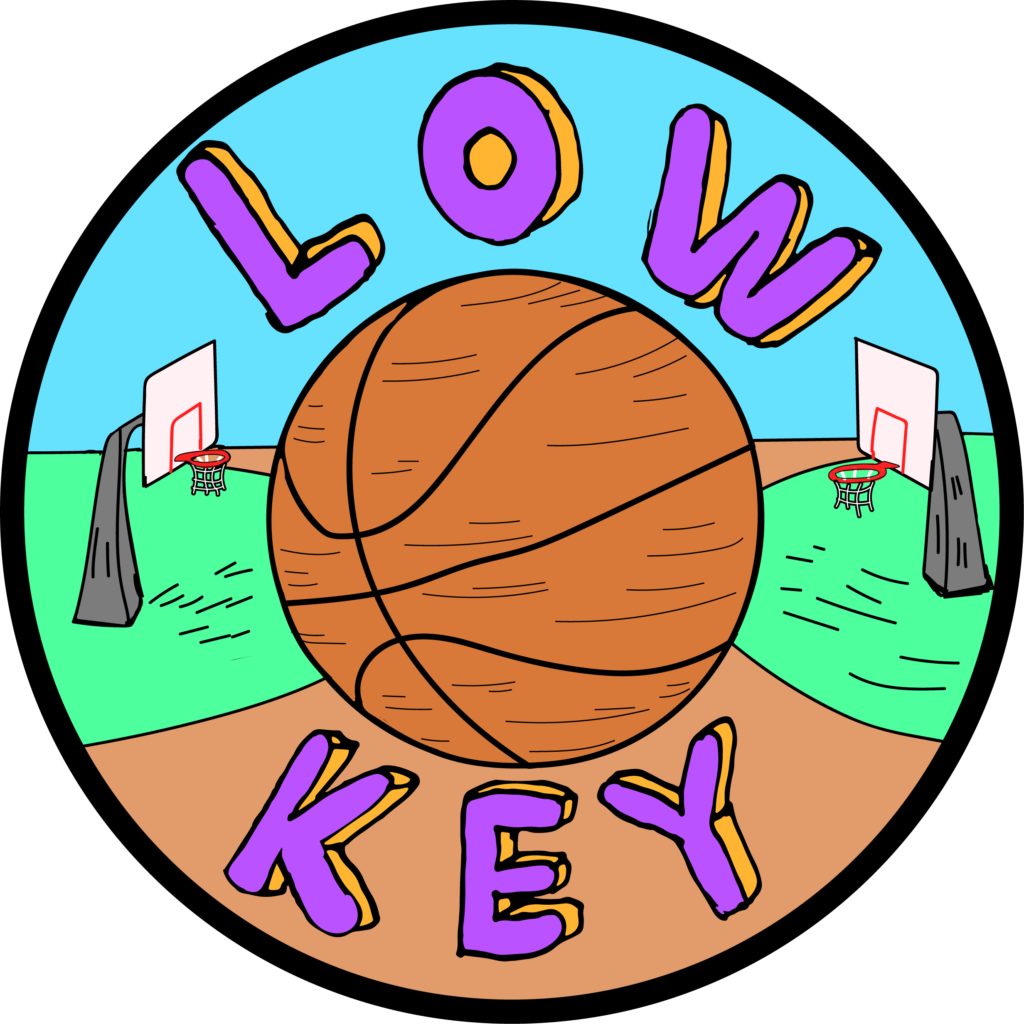
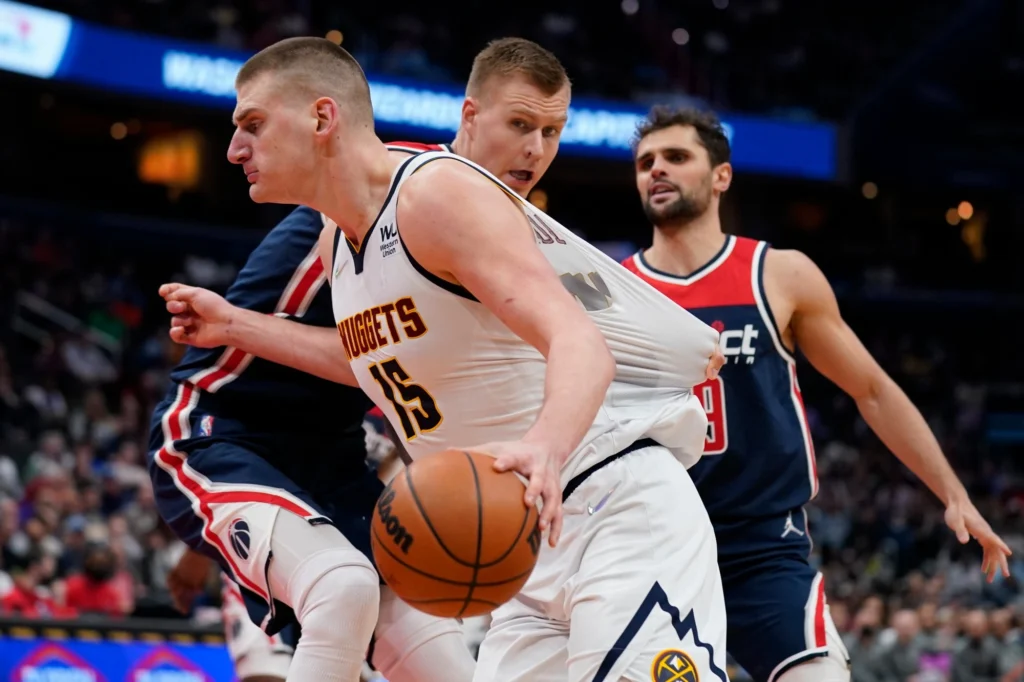
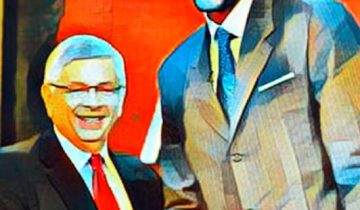
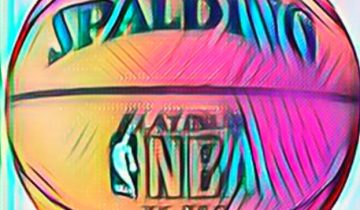
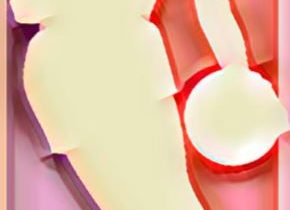

Great article! I agree that doc rivers in LA makes most sense..
enjoyed this analysis. rondo has been done ever since he lost kevin garnett, his mentor.